Immagina di entrare nella tua casa e sentire uno stile, comfort e scopo in ogni angolo. Anche se non hai mai provato la decorazione del design d'interni per la casa prima, questa guida ti aiuterà a creare con sicurezza uno spazio che rifletta la tua personalità e soddisfi le tue esigenze.
Passo dopo passo, imparerai le nozioni essenziali della decorazione del design d'interni per la casa, scoprirai gli stili più popolari, pianificherai il tuo progetto, selezionerai colori e arredi ed eviterai gli errori comuni dei principianti. Che tu voglia un rifugio accogliente o una dichiarazione audace, puoi ottenere una trasformazione bellissima, a partire da oggi.
Comprendere i fondamenti del design d'interni per la casa
Padroneggiare la decorazione del design d'interni per la casa inizia con la comprensione dei suoi concetti fondamentali. Che tu sia un principiante assoluto o desideri solo rinfrescare le tue conoscenze, questi fondamenti forniscono una solida base per qualsiasi stile o spazio.
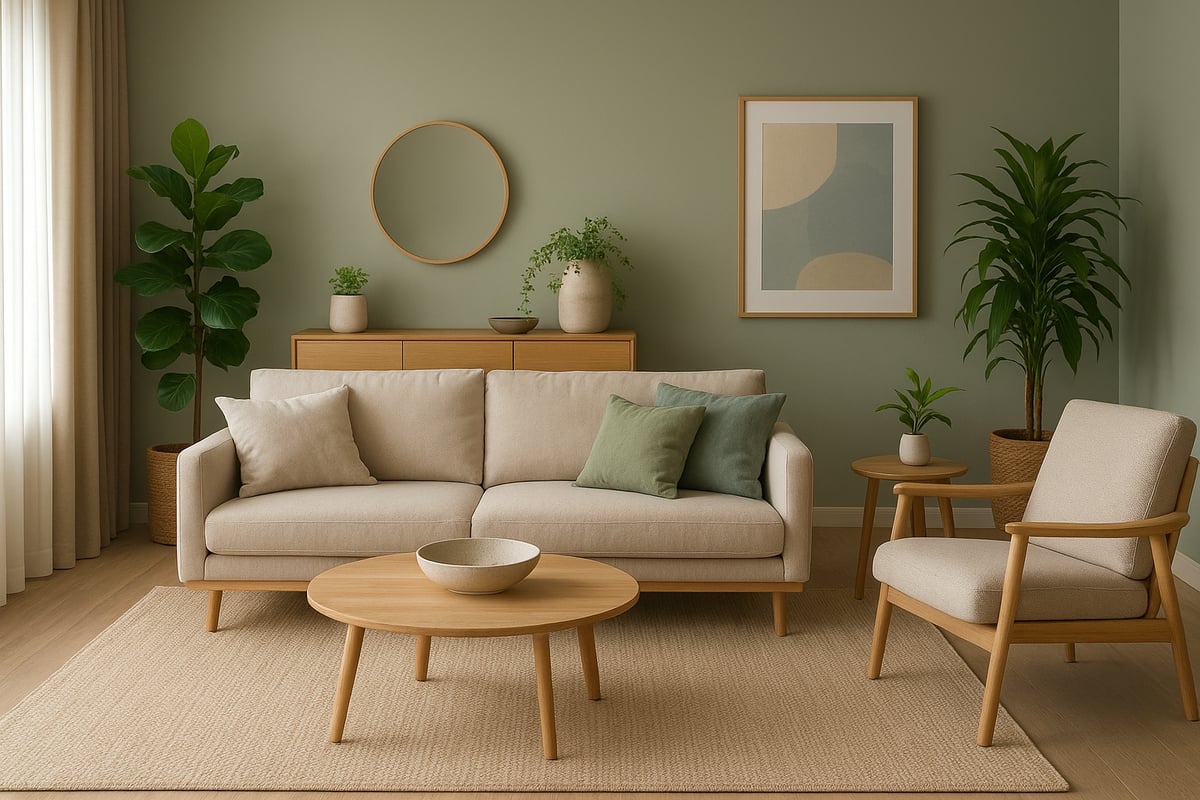
Cos'è il design d'interni?
Il design d'interni è la pianificazione e l'organizzazione ponderata degli spazi interni per migliorare sia la funzionalità che l'estetica. A differenza della semplice decorazione, la decorazione del design d'interni integra la disposizione, il colore, i mobili e l'illuminazione per soddisfare esigenze specifiche e creare case confortevoli e belle.
L'obiettivo principale è bilanciare l'aspetto di uno spazio con il suo funzionamento. Gli elementi chiave includono la funzionalità per la vita quotidiana, l'appeal visivo per il piacere e il comfort per il relax. Se sei nuovo nel campo, esplorare Nozioni di base sul design d'interni per principianti può aiutarti a comprendere più a fondo questi principi fondamentali.
Principi fondamentali del design d'interni
Un progetto di decorazione e design d'interni di successo si basa su cinque principi essenziali:
- Equilibrio: Distribuire il peso visivo in modo uniforme, come abbinare un divano grande a due poltrone.
- Armonia: Usare colori e materiali che si combinano per un aspetto unificato.
- Ritmo: Ripetere motivi, colori o forme per guidare lo sguardo attraverso la stanza.
- Enfasi: Mettere in risalto un punto focale, come un camino o un'opera d'arte.
- Scala: Assicurarsi che mobili e decorazioni siano proporzionati alla dimensione della stanza.
Ad esempio, una camera da letto piccola risulta armoniosa quando si usano colori tenui e motivi minimalisti, mentre un soggiorno ampio beneficia di punti focali audaci e illuminazione stratificata.
Stili di design d'interni da conoscere nel 2025
Rimanere aggiornati sugli stili popolari ti aiuta a fare scelte informate per la decorazione e il design degli interni della tua casa. Nel 2025, gli stili più ricercati sono Japandi, Biofilico, Modern Farmhouse e Minimalismo.
| Stile | Caratteristiche Principali | Dati sulle tendenze 2024 |
|---|---|---|
| Japandi | Calmo, semplice, naturale | +35% nelle ricerche |
| Biofilico | Piante, luce naturale, texture | +35% nelle ricerche |
| Modern Farmhouse | Rustico, accogliente, pratico | Popolarità costante |
| Minimalismo | Linee pulite, spazi aperti | Preferenza costante |
Gli stili Japandi e Biophilic hanno registrato un aumento del 35% di interesse, riflettendo una tendenza verso interni ispirati alla natura e rilassanti.
Il ruolo del gusto personale e dello stile di vita
Il gusto personale è il cuore del design d'interni. Inizia valutando le tue routine quotidiane, le esigenze di spazio e le preferenze di stile. Stai progettando per una famiglia impegnata o per un professionista single?
Adattare le tendenze al tuo stile di vita assicura che il tuo spazio sia autentico. Per esempio, una famiglia potrebbe dare priorità a materiali resistenti e posti a sedere extra, mentre un professionista single potrebbe concentrarsi su linee pulite e integrazione tecnologica. Lascia sempre che la tua personalità guidi le scelte per una casa davvero unica.
Importanza del budgeting per i principianti
Stabilire un budget realistico è fondamentale per chi inizia un progetto di decorazione e design d'interni. Inizia identificando le aree dove puoi risparmiare, come il fai-da-te, e dove investire, come un divano di qualità.
- Risparmia: Arte fai-da-te, mobili riciclati, tessuti semplici
- Investi: Pezzi di arredamento chiave, sedie ergonomiche, illuminazione d'effetto
Un budget intelligente aiuta a prevenire spese eccessive e garantisce che ogni acquisto aggiunga valore al tuo spazio.
Errori comuni dei principianti e come evitarli
I progetti di decorazione e design d'interni per principianti spesso incontrano insidie comuni:
- Sovraffollamento: Evita di riempire ogni angolo—lascia spazio per muoverti.
- Ignorare l'illuminazione: Sovrapponi luci ambientali, da lavoro e d'accento per creare calore.
- Stili non coordinati: Attieniti a una guida di stile o a una palette chiara.
Soluzioni rapide includono rimuovere decorazioni in eccesso, aggiungere una lampada da terra e usare una palette di colori coerente. Questi passaggi mantengono il design armonioso e accogliente.
Pianificazione passo dopo passo per il tuo progetto di design d'interni
Iniziare il tuo percorso di decorazione e design d'interni può sembrare impegnativo, ma un piano strutturato ti preparerà al successo. Suddividendo il progetto in passaggi chiari, trasformerai le idee in realtà, eviterai errori costosi e godrai del processo dall'inizio alla fine.
Valutare il tuo spazio e definire gli obiettivi
Inizia il tuo progetto di decorazione e design d'interni misurando accuratamente ogni stanza. Usa un metro a nastro o uno strumento digitale per registrare le dimensioni, annotando finestre, porte e caratteristiche architettoniche. Successivamente, identifica le tue esigenze funzionali: hai bisogno di più spazio di archiviazione, posti a sedere flessibili o un miglior flusso di traffico?
Crea una moodboard per chiarire le tue preferenze di stile e obiettivi. Raccogli ispirazioni da riviste, piattaforme online o anche campioni di tessuto. Questa fase iniziale di pianificazione assicura che ogni decisione supporti la tua visione complessiva e ti aiuti a mantenere il focus durante tutto il processo.
Creare un budget e una timeline realistici
Un progetto di design d'interni di successo inizia con un budget ben definito. Ricerca i costi medi per mobili, vernice, decorazioni e manodopera. Destina una parte del budget—circa il 10 percento—a spese impreviste come riparazioni o costi di consegna.
Stila una timeline suddividendo il progetto in fasi, come pittura, acquisto mobili e decorazione. Dai priorità alle aree ad alto impatto per prime e fissa scadenze raggiungibili per ogni passaggio. Un budget di esempio per principianti potrebbe essere il seguente:
| Categoria | Costo stimato ($) |
|---|---|
| Vernice | 150 |
| Mobili | 800 |
| Decorazione | 300 |
| Contingenza | 125 |
| Totale | 1,375 |
Scegliere lo stile di design d'interni giusto
Quando pianifichi il design d'interni della tua casa, raccogli ispirazione da fonti come Pinterest, riviste di design o showroom. Considera l'architettura della tua casa e le tue esigenze di vita. Ad esempio, loft open space si abbinano bene a stili industriali o minimalisti, mentre case tradizionali possono adattarsi a stili modern farmhouse o Japandi.
Abbina il tuo stile preferito alle tue routine quotidiane e personalità. Il design giusto sarà autentico e supporterà la tua vita di tutti i giorni, rendendo il tuo spazio sia bello che funzionale.
Pianificare schemi di colori e palette di materiali
La selezione del colore è una fase cruciale nel design d'interni. Inizia esplorando la psicologia del colore—verdi terrosi e blu smorzati, previsti come tendenze per il 2025, possono creare un'atmosfera rilassante. Seleziona un colore base per le pareti, poi coordina pavimenti e tessuti per armonia.
Sperimenta con diverse palette per vedere cosa si adatta al tuo spazio. Ad esempio, le stanze piccole possono beneficiare di tonalità più chiare, mentre aree più grandi possono gestire toni più profondi e ricchi. Prova sempre campioni di vernice nelle condizioni di luce reali prima di prendere decisioni definitive.
Reperire mobili ed elementi decorativi
Esplora una combinazione di pezzi nuovi, vintage e riutilizzati per portare carattere e valore al tuo design d'interni. Inizia con elementi essenziali come divani, letti e tavoli. Per trovare offerte convenienti, dai un'occhiata a rivenditori come IKEA o Wayfair, e non trascurare negozi di seconda mano o mercati online.
Cerca mobili multifunzionali, come pouf contenitori o tavoli allungabili, per massimizzare lo spazio. Riutilizzare pezzi esistenti con una mano di vernice fresca o nuove maniglie può rinnovare il tuo arredamento senza gravare sul budget.
Utilizzare la tecnologia per la visualizzazione
Sfrutta la tecnologia per visualizzare il tuo piano di design d'interni prima di effettuare acquisti. Strumenti gratuiti e a pagamento per la pianificazione 3D delle stanze ti permettono di sperimentare virtualmente con disposizioni, schemi di colori e sistemazioni dei mobili. Le app di realtà aumentata (AR) possono aiutarti a vedere come i pezzi appariranno nel tuo spazio reale, riducendo congetture e resi costosi.
Secondo Statista, il 40 percento dei principianti utilizza planner per stanze per semplificare i propri progetti. Per strumenti di visualizzazione digitale facili da usare, Beginner CAD Design Tools offre funzionalità intuitive perfette per i nuovi arrivati.
Craft’n Build Design Co.: Potenziare i principianti con strumenti di design digitale
Craft’n Build Design Co. offre collezioni CAD adatte ai principianti e corsi online per supportare il tuo percorso nel design d'interni della casa. I loro modelli 3D scaricabili e le lezioni a ritmo autonomo rendono la pianificazione e la visualizzazione accessibili a tutti i livelli di abilità.
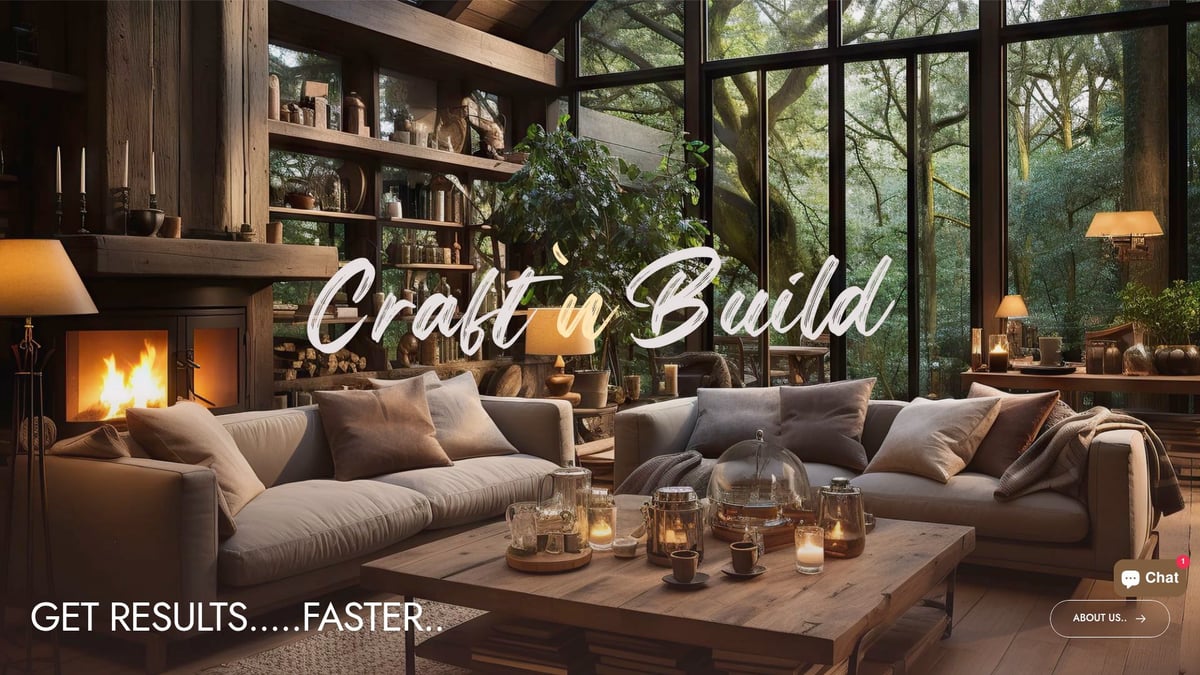
Utilizzando queste risorse digitali, i principianti possono ridurre il senso di sopraffazione, garantire design coerenti e affrontare con fiducia i progetti fai-da-te. Ad esempio, un utente ha completamente trasformato il proprio soggiorno applicando il corso moodboard e le risorse 3D di Craft’n Build, trasformando l'ispirazione in uno spazio elegante e personalizzato.
Padroneggiare colore, illuminazione e materiali
Raggiungere uno spazio armonioso e accogliente nel design d'interni della casa dipende dal padroneggiare colore, illuminazione e materiali. Questi elementi plasmano l'umore, la funzione e lo stile di ogni stanza, rendendoli essenziali per i principianti che vogliono che i loro sforzi appaiano sia intenzionali che eleganti.
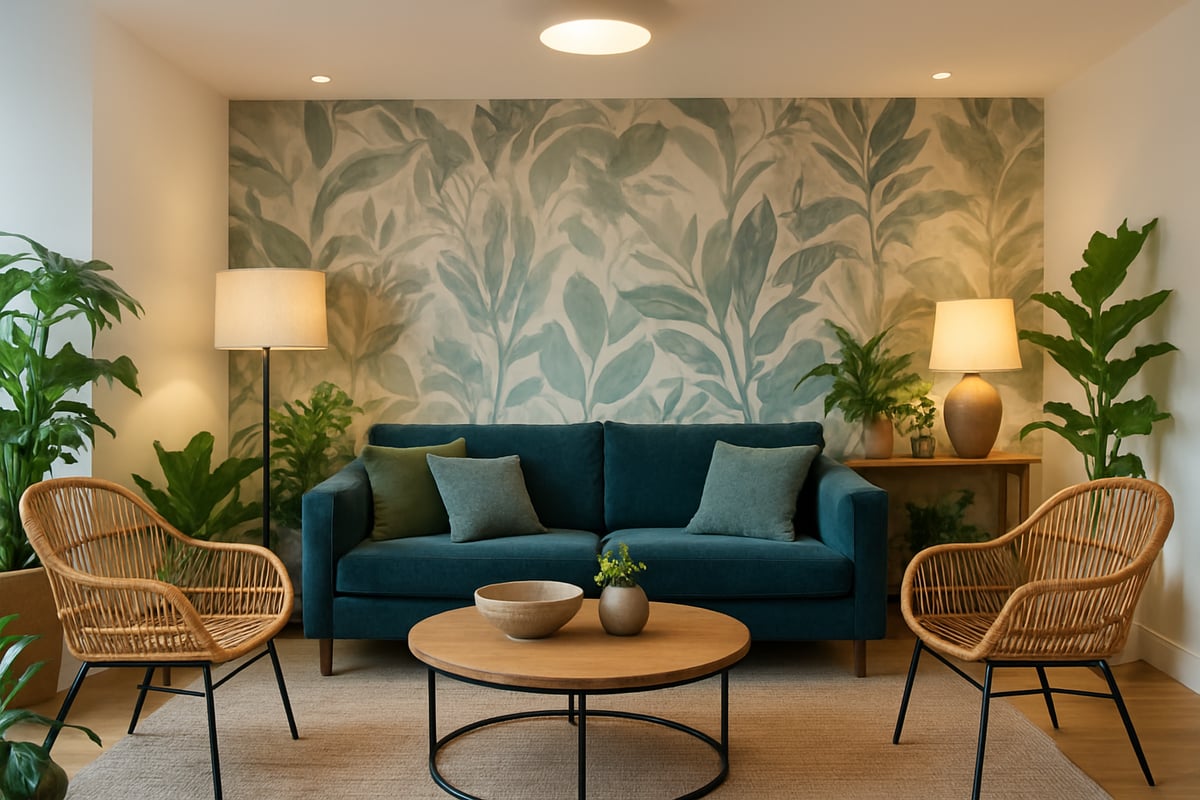
Selezionare una palette di colori coerente
Scegliere i colori giusti è fondamentale per il design d'interni della casa. Inizia decidendo se vuoi uno schema monocromatico, complementare o analogo. Le palette monocromatiche usano variazioni di una singola tonalità per un effetto calmo, mentre i colori complementari (opposti sulla ruota dei colori) aggiungono energia e contrasto. Le palette analoghe fondono colori affiancati per un aspetto armonioso.
| Schema | Descrizione | Esempio |
|---|---|---|
| Monocromatico | Un colore, molte sfumature | Blu |
| Complementari | Coppie opposte | Blu & Arancione |
| Analoghi | Tonalità affiancate | Verde, Blu |
Nel 2025, i verdi terrosi e i blu smorzati sono di tendenza, offrendo sia tranquillità che profondità. Per spazi più piccoli, le tonalità più chiare aiutano a far sembrare le stanze aperte, mentre le aree più grandi possono gestire toni più audaci. Integrare la palette scelta in tutta la casa garantisce un design d'interni coerente.
Il potere dell'illuminazione nel design d'interni
L'illuminazione può trasformare l'atmosfera e la funzionalità di ogni spazio. Per una decorazione degli interni domestici efficace, sovrapponi tre tipi di illuminazione: ambientale (generale o dall'alto), task (focalizzata per le attività) e accent (per evidenziare caratteristiche o opere d'arte).
- Ambient: Lampade a soffitto o faretti incassati creano uno strato base.
- Task: Lampade da scrivania, luci sotto i mobili o luci da lettura supportano le attività.
- Accent: Applique o faretti aggiungono drammaticità e attirano l'attenzione.
Un'illuminazione ben progettata non solo mette in risalto le tue scelte di colore e materiale, ma migliora anche il comfort e l'interesse visivo. Secondo Zillow, le stanze ben illuminate aumentano il valore percepito della casa del 20%. Considera dimmer e apparecchi regolabili per adattare l'atmosfera durante la giornata per una decorazione degli interni domestici ottimale.
Scelta di materiali e texture
Mescolare materiali aggiunge profondità e personalità alla decorazione degli interni domestici. Combina legni, metalli e tessuti per un effetto dinamico ma armonioso. Per il 2025, le scelte sostenibili come il bambù, il vetro riciclato e il cotone organico sono sempre più popolari, riflettendo valori eco-consapevoli.
- I divani in velluto si abbinano bene con accenti in rattan per un contrasto tattile.
- Accessori in ottone o nero opaco introducono una lucentezza sottile.
- Sovrapporre coperte di lana con cuscini di lino aggiunge calore accogliente.
Fare riferimento a Tendenze del design d'interni 2025 può ispirare nuove combinazioni e aiutarti a selezionare materiali sia eleganti che duraturi. Scelte ponderate in texture e finitura creano uno spazio più ricco e accogliente e valorizzano la decorazione degli interni della tua casa.
Pavimenti e rivestimenti murali
I pavimenti e le finiture delle pareti definiscono l'atmosfera di ogni stanza. Le opzioni di pavimentazione popolari per la decorazione degli interni domestici includono il legno ingegnerizzato per il calore, il vinile di lusso per la durabilità e le piastrelle di grande formato per un aspetto moderno. Nella scelta dei rivestimenti murali, le carte da parati d'effetto e le opzioni peel-and-stick sono di tendenza, offrendo un impatto drammatico senza impegno permanente.
- Legno ingegnerizzato: durevole, facile da mantenere.
- Vinile di lusso: resistente all'acqua, economico.
- Carta da parati peel-and-stick: aggiornamento rapido, motivi infiniti.
Wayfair segnala un aumento del 18% nelle vendite di carta da parati peel-and-stick, evidenziandone l'appeal per gli affittuari e gli appassionati del fai-da-te. Una cura regolare e una selezione attenta delle superfici garantiscono che la decorazione degli interni della tua casa resista alla prova del tempo.
Incorporare elementi naturali
Il design biofilico è una tendenza chiave nella decorazione degli interni domestici per il 2025. Integra piante, luce naturale e elementi d'acqua per migliorare la qualità dell'aria e favorire il rilassamento. Anche i piccoli appartamenti beneficiano di piante in vaso, giardini sospesi o un semplice vaso di fiori freschi.
- Pareti verdi massimizzano il verde in spazi limitati.
- Grandi finestre o specchi aumentano la luce naturale.
- Mini fontane da tavolo aggiungono un suono rilassante.
Questi tocchi aiutano a connettere la tua casa con la natura, ridurre lo stress e personalizzare la decorazione d'interni. Dare priorità agli elementi organici assicura che il tuo spazio sia fresco e senza tempo.
Selezione dei mobili e disposizione dello spazio per principianti
Progettare una stanza bella e funzionale inizia con una pianificazione attenta. Per i principianti, affrontare la scelta dei mobili e la disposizione dello spazio può sembrare impegnativo, ma con passaggi chiari puoi ottenere un aspetto coerente che rifletta il tuo stile. Questa sezione scompone gli elementi fondamentali della decorazione d'interni, guidandoti dalla pianta ai tocchi finali.
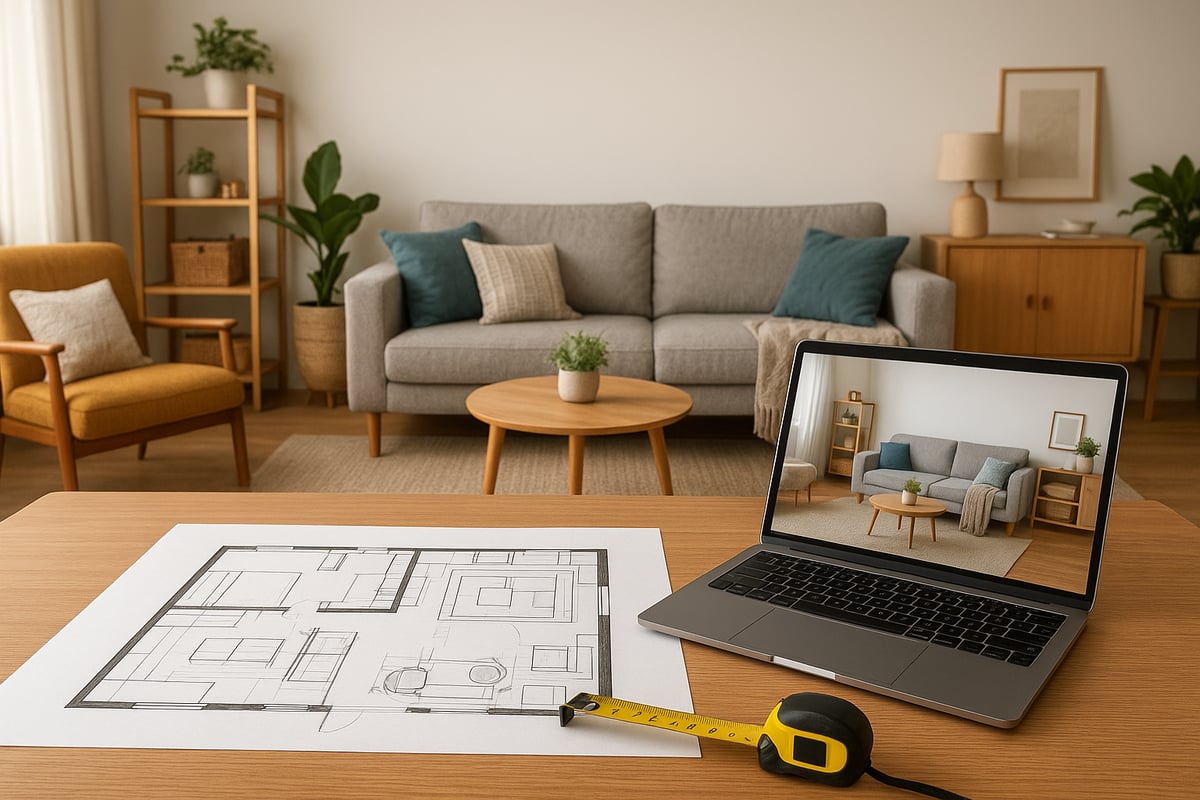
Misurare e mappare il tuo spazio
Inizia ogni progetto di decorazione d'interni misurando accuratamente le stanze. Usa un metro per registrare le lunghezze delle pareti, la posizione delle finestre e l'apertura delle porte. Disegna una pianta semplice a mano o usa strumenti digitali per precisione.
Considera l'uso di modelli 3D e risorse scaricabili, come quelli disponibili in Interior Design CAD Collections, per visualizzare la disposizione dei mobili prima di acquistare. Questo aiuta a evitare errori comuni, come scegliere pezzi troppo grandi o bloccare i passaggi.
Quando pianifichi il tuo spazio, lascia almeno 75-90 cm per i percorsi principali. Segna le aree per i punti focali e assicurati che ci sia abbastanza spazio per tutte le attività.
Scegliere i mobili giusti
La scelta dei mobili è centrale nella decorazione d'interni della casa. Inizia con l'essenziale per ogni stanza: un divano comodo per il soggiorno, un letto di supporto per la camera da letto e un tavolo da pranzo pratico. Dai priorità a qualità e comfort per gli oggetti usati frequentemente.
Opta per pezzi multifunzionali, specialmente in spazi piccoli. Per esempio, un pouf contenitore offre seduta e organizzazione nascosta. Considera silhouette classiche che si adattano a vari stili, offrendoti flessibilità man mano che il tuo gusto evolve.
Usa questa tabella di riferimento rapido per guidare le tue scelte:
| Stanza | Pezzo indispensabile | Opzione salvaspazio |
|---|---|---|
| Soggiorno | Divano | Pouf contenitore |
| Camera da letto | Letto | Cassetti sotto il letto |
| Zona pranzo | Tavolo da Pranzo | Tavolo pieghevole |
Disporre i mobili per un flusso ottimale
Una stanza ben organizzata è il segno distintivo di una decorazione d'interni di successo. Identifica il punto focale della stanza, come un camino, una grande finestra o la TV. Ancorare la seduta principale o il letto a questo elemento.
Raggruppa i mobili per favorire la conversazione e creare zone di attività. Mantieni linee di vista chiare ed evita di ostruire porte o finestre. Per layout open space, usa tappeti o scaffalature per definire le diverse aree.
Secondo un sondaggio Houzz del 2024, il 62% dei proprietari preferisce layout aperti per un migliore flusso. Prova diverse disposizioni spostando i mobili o usando app di progettazione prima di scegliere la configurazione finale.
Mescolare e abbinare stili con sicurezza
Mescolare stili diversi conferisce alla tua decorazione d'interni un aspetto unico e curato. Combina pezzi vintage con elementi moderni per un interesse visivo. La chiave è mantenere equilibrio e unità.
Usa una palette di colori o materiali coerenti per unire tutto. Ad esempio, abbina sedie mid-century con un tavolo contemporaneo elegante, ma mantieni simili le tonalità del legno o i colori dei rivestimenti. Ripeti texture o finiture in tutta la stanza per armonia.
Se non sei sicuro, inizia in piccolo introducendo un elemento a contrasto, come una lampada retrò con un divano minimalista. Aggiungi gradualmente altri elementi man mano che acquisisci fiducia.
Soluzioni di archiviazione per ogni stanza
Una conservazione efficace è cruciale nella decorazione d'interni, specialmente per chi è alle prime armi e vuole mantenere gli spazi organizzati e senza disordine. Le scaffalature integrate massimizzano lo spazio verticale, mentre le unità modulari si adattano alle esigenze che cambiano.
Considera cassetti sotto il letto nelle camere da letto e panche con scomparti nascosti negli ingressi. Nei soggiorni, opta per mobili TV con armadietti o mensole sospese. Decluttera regolarmente e usa cesti o contenitori per raggruppare gli oggetti più piccoli.
Prova questi trucchi di archiviazione facili per principianti:
- Usa organizer da appendere alla porta per scarpe o accessori.
- Installa ganci negli ingressi per borse e cappotti.
- Scegli tavolini con spazio di archiviazione integrato.
Consigli per fare acquisti con un budget limitato
Fare acquisti intelligenti è essenziale per una decorazione d'interni economica. Inizia valutando ciò che possiedi già e verifica cosa può essere riutilizzato. Visita negozi dell'usato, esplora i mercati online e approfitta delle vendite stagionali per trovare pezzi di qualità a prezzi più bassi.
Stabilisci un budget chiaro prima di iniziare e dai priorità agli elementi di grande impatto, come un divano di design o un tavolo da pranzo versatile. Per accessori e decorazioni, i progetti fai-da-te possono aggiungere personalità senza gravare sul portafoglio.
Ecco un esempio di piano per rinnovare il soggiorno da 500$:
- Divano di seconda mano: 200$
- Tavolino fai-da-te: 50$
- Tappeto di seconda mano: $100
- Cuscini decorativi e plaid: $50
- Arte da parete e piante: $100
Con creatività e pianificazione, puoi ottenere un risultato elegante con qualsiasi budget.
Decorare con accessori, arte e tocchi personali
Elevare la decorazione d'interni significa curare i dettagli. Accessori, opere d'arte e tocchi personali creano uno spazio che riflette davvero il tuo stile. Anche piccoli aggiornamenti possono trasformare una stanza, rendendola calda, accogliente e unica. Nel 2025, un accessorio pensato è essenziale sia per l'aspetto visivo che per il comfort.
L'arte della stratificazione nella decorazione
La stratificazione è il segreto per ottenere profondità e comfort nella decorazione d'interni. Inizia ancorando lo spazio con un tappeto, poi aggiungi plaid e cuscini con texture o motivi diversi. Le tende ammorbidiscono la stanza e aiutano a legare tutto insieme.
- Usa una combinazione di dimensioni e forme per i cuscini.
- Combina un plaid a maglia grossa con cotone liscio o velluto.
- Seleziona tende che completano, non competono con, altri tessuti.
Gli spazi scandinavi spesso mostrano tessuti stratificati per calore e interesse visivo. Per più ispirazione, esplora i pezzi curati nella Collezione Accessori per la Decorazione.
Selezionare e appendere l'arte da parete
L'arte da parete è un punto focale nella decorazione d'interni. Scegli tra una parete galleria o un pezzo singolo di grande impatto in base alle dimensioni e allo stile della stanza. Appendi l'arte all'altezza degli occhi—tipicamente da 57 a 60 pollici dal pavimento al centro del pezzo.
- Usa il nastro da pittore per mappare le disposizioni della galleria.
- Mantieni 2-3 pollici tra le cornici.
- Mescola stili di cornici per un look eclettico.
Le vendite di opere d'arte per la decorazione della casa sono aumentate del 22% nel 2024, mostrando un interesse crescente per l'espressione personale. Seleziona opere d'arte che risuonano con te e supportano lo schema di colori della stanza.
Incorporare piante e verde
Le piante sono essenziali per una decorazione d'interni vibrante. Portano vita, aria fresca e un tocco di natura all'interno. I principianti possono iniziare con opzioni facili da curare come piante serpente, pothos o piante ZZ.
- Raggruppa le piante a diverse altezze per un impatto visivo.
- Usa vasi decorativi per abbinare il tuo stile.
- Posiziona il verde vicino alle finestre per la luce naturale.
Aggiungere anche solo poche piante da interno può migliorare l'umore e la qualità dell'aria, rendendo il tuo spazio più sano e accogliente.
Stilizzare mensole e superfici
Mensole e superfici piane sono tele perfette per la decorazione dell'interior design della casa. Combina libri, vasi, oggetti da collezione e piccole lampade per un effetto stratificato. Segui la regola dei terzi: raggruppa gli oggetti in numeri dispari e varia le altezze per l'equilibrio.
- Impila i libri orizzontalmente e verticalmente.
- Aggiungi una piccola pianta o una foto incorniciata.
- Lascia un po' di spazio vuoto per dare respiro.
Lo stile minimalista delle mensole previene il disordine e mette in risalto i tuoi pezzi preferiti. Accessori curati migliorano la personalità senza sovraccaricare il design.
Personalizzare con progetti fai-da-te
I progetti fai-da-te aggiungono un tocco unico alla decorazione dell'interior design della casa. Lavoretti semplici come dipingere vasi, cucire cuscini personalizzati o riciclare vecchi vasi hanno un grande impatto.
- Riutilizza barattoli come portacandele.
- Crea decorazioni da parete con tessuti avanzati.
- Stampa arte o citazioni gratuite per cornici.
Sono disponibili molti tutorial online e materiali stampabili per principianti. Tocchi personali assicurano che la tua casa si senta davvero tua, indipendentemente dal tuo livello di abilità.
Evitare gli errori comuni dei principianti e garantire un successo duraturo
Iniziare il tuo percorso nella decorazione dell'interior design della casa è entusiasmante, ma i principianti spesso affrontano sfide evitabili. Comprendendo gli errori comuni e adottando strategie intelligenti, puoi assicurarti che il tuo spazio appaia fantastico e funzioni perfettamente per anni a venire.
Riconoscere e correggere gli errori di design
Anche con una pianificazione attenta, possono verificarsi errori nella decorazione dell'interior design della casa. Sovraccarico di decorazioni, scarsa illuminazione e motivi contrastanti sono problemi frequenti per i principianti.
Per affrontare questi aspetti, inizia modificando gli accessori: spesso meno è meglio. Valuta l'illuminazione in diversi momenti della giornata e usa palette di colori coerenti per unificare lo spazio. Foto prima e dopo possono aiutare a identificare cosa funziona e cosa no nel design d'interni della tua casa.
Mantenere Flessibilità e Adattabilità
La vita cambia, e così dovrebbe fare il design d'interni della tua casa. Progettare con flessibilità assicura che il tuo spazio si adatti alle esigenze in evoluzione.
Opta per mobili modulari e decorazioni facili da spostare. Usa tappeti, cuscini e opere d'arte che possono essere cambiati stagionalmente. Questo approccio mantiene il design d'interni fresco e funzionale, qualunque siano i cambiamenti del tuo stile di vita.
Rimanere nel Budget Senza Rinunciare allo Stile
Una preoccupazione comune nel design d'interni è rimanere nel budget pur ottenendo uno stile eccellente. Dai priorità ai cambiamenti con il maggior impatto visivo, come la pittura o l'illuminazione d'effetto.
Monitora le spese con app per il budget e cerca pezzi di qualità durante i saldi. Ricorda, mescolare scoperte economiche con qualche articolo d'investimento crea un look curato senza spendere troppo nel design d'interni.
Imparare e Crescere come Designer
Migliorare le tue competenze è la chiave per il successo a lungo termine nel design d'interni. Approfitta delle risorse online, tutorial gratuiti e comunità di design.
Per un apprendimento strutturato, considera l'iscrizione ai Corsi di Craft'n Build Academy, che offrono lezioni adatte ai principianti e progetti pratici. Seguire influencer di design affidabili stimola anche la creatività e mantiene alta l'ispirazione.
Scelte di Design Sostenibili e a Prova di Futuro
Proteggere il design d'interni della tua casa per il futuro significa scegliere pezzi che durano e supportano un ambiente più sano. Investi in mobili senza tempo, seleziona materiali ecologici e dai priorità agli aggiornamenti a basso consumo energetico.
Secondo il Home Décor Trends Forecast 2025, quasi la metà dei proprietari di casa ora valorizza la sostenibilità. Facendo scelte ponderate, crei una casa elegante e responsabile che resiste alla prova del tempo.
Hai appena esplorato i passaggi essenziali per iniziare il tuo viaggio nel design d'interni, dalla comprensione dei fondamenti dello stile alla pianificazione delle disposizioni e alla scelta dei materiali con sicurezza. Se ti senti ispirato a trasformare queste idee in realtà ma non sai da dove cominciare, perché non fare il passo successivo con un'istruzione guidata ed esperta? Con il corso online completo di Craft'n Build, acquisirai competenze pratiche e conoscenze su misura per principianti, aiutandoti a progettare spazi belli al tuo ritmo. Pronto a dare vita alla tua visione? Inizia con Interior Design e sblocca oggi il tuo potenziale creativo.




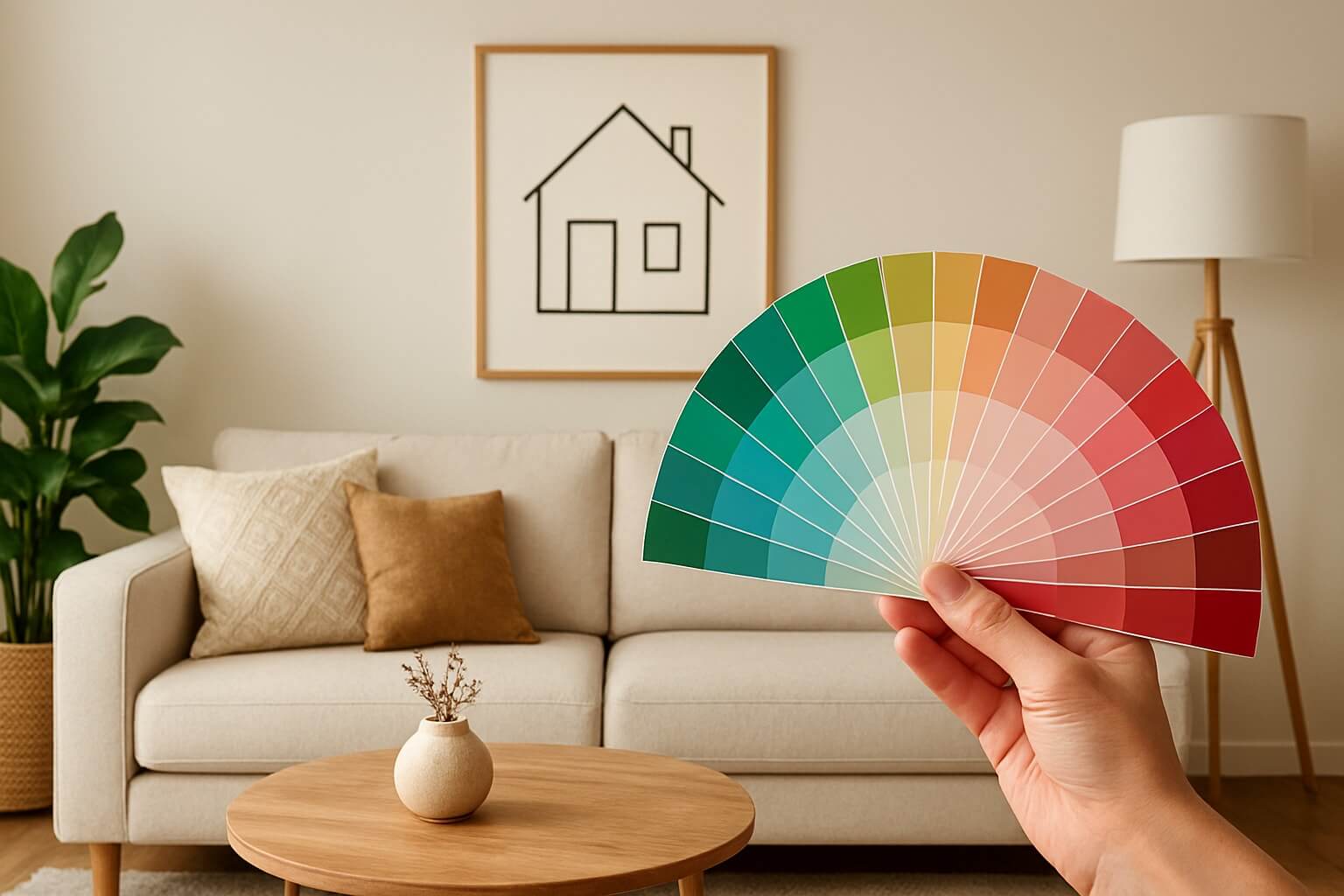
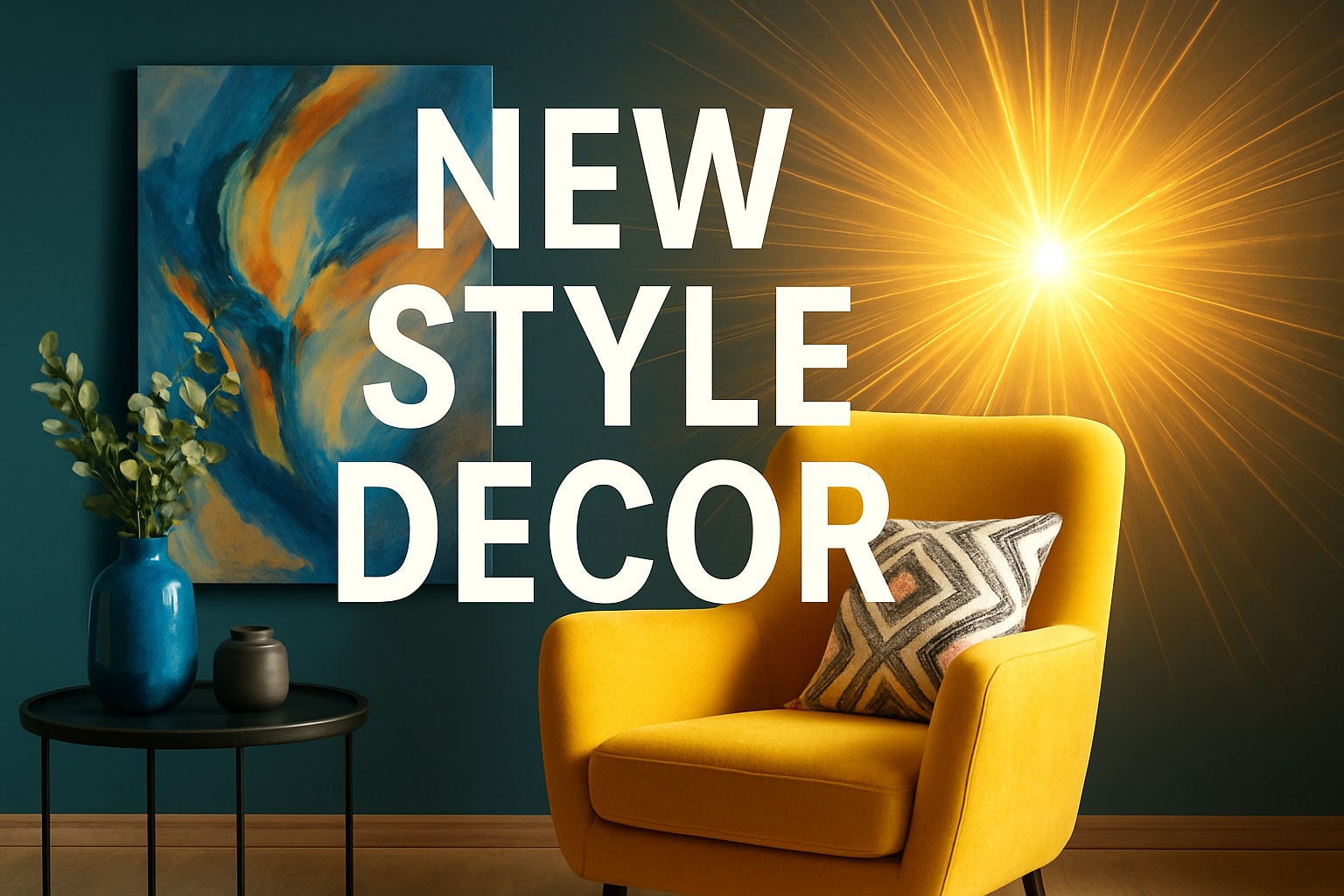
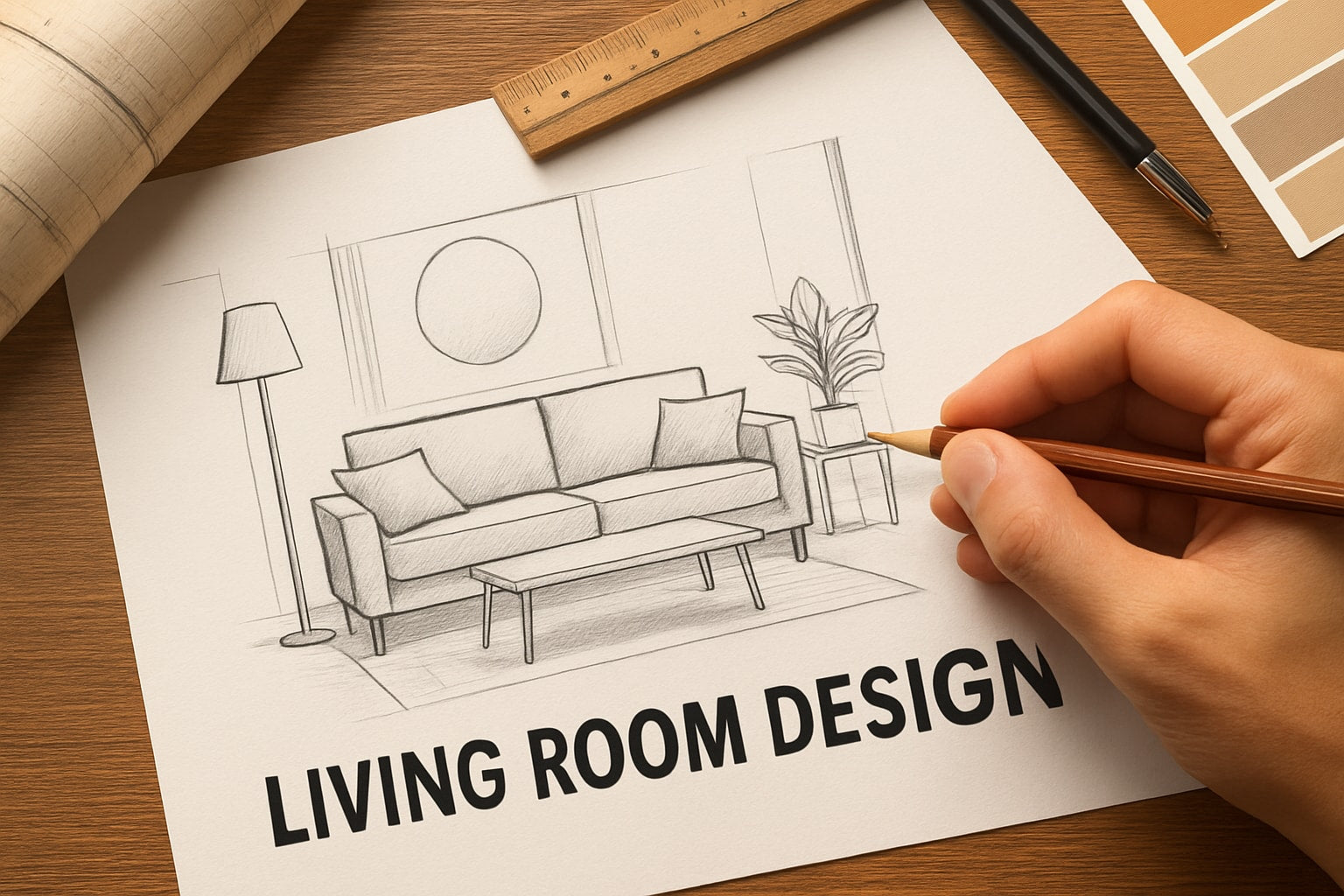
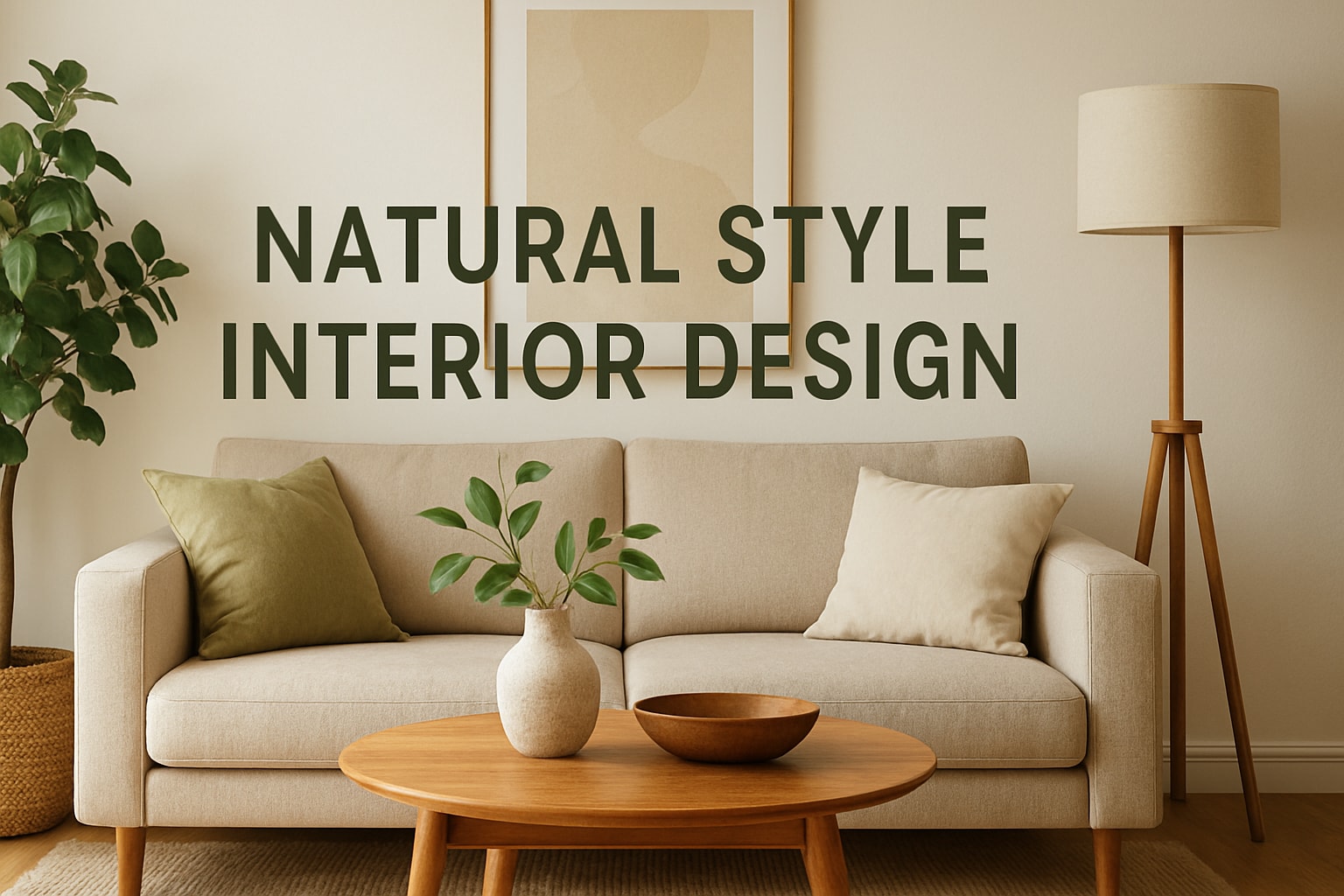
Condividi:
idee di design per spazi accoglienti 2025 -7 modi ispiratori per progettare
Trasformazione dell'interno casa 2025: Trasforma il tuo spazio nel 2025